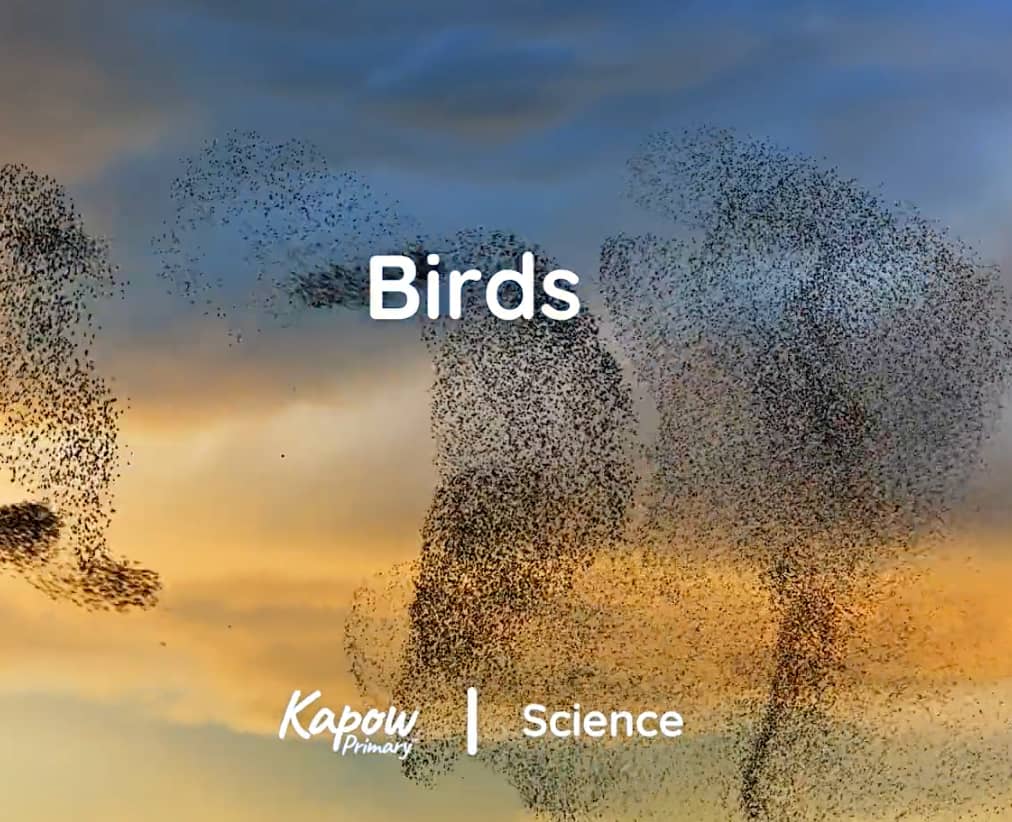
This French video introduces teachers to a lesson where children combine their knowledge of prepositions, sentence openers, and town vocabulary to give and follow directions. Pupils practise listening and repeating key phrases, such as “Where is…?” and “Where can I find…?”, along with directional vocabulary like “turn left” and “second right”, to navigate around a town map.
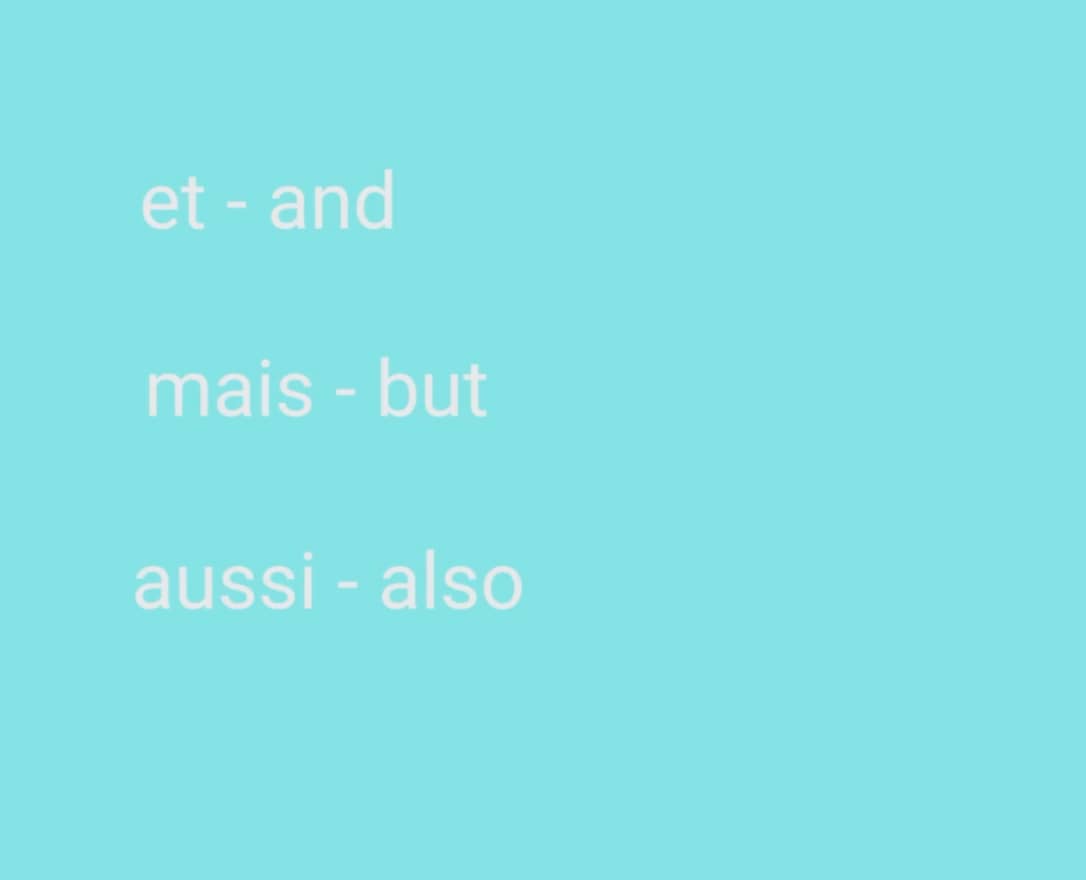
This French video introduces teachers to a lesson where children learn vocabulary for places in a town and build complex sentences to share their preferences. Using connectives and adjectives, pupils explain why they like or dislike visiting particular places, starting with model sentences before creating their own.

This French video introduces teachers to a holiday-themed topic where children recap country names and practise the verb aller to form the near future tense. Pupils learn to say where they will go and give reasons for visiting their chosen destinations, supported by music and repetition to aid memory.

Teachers learn strategies to help Year 5 and 6 children understand differing interpretations of the past and develop critical thinking skills in history.
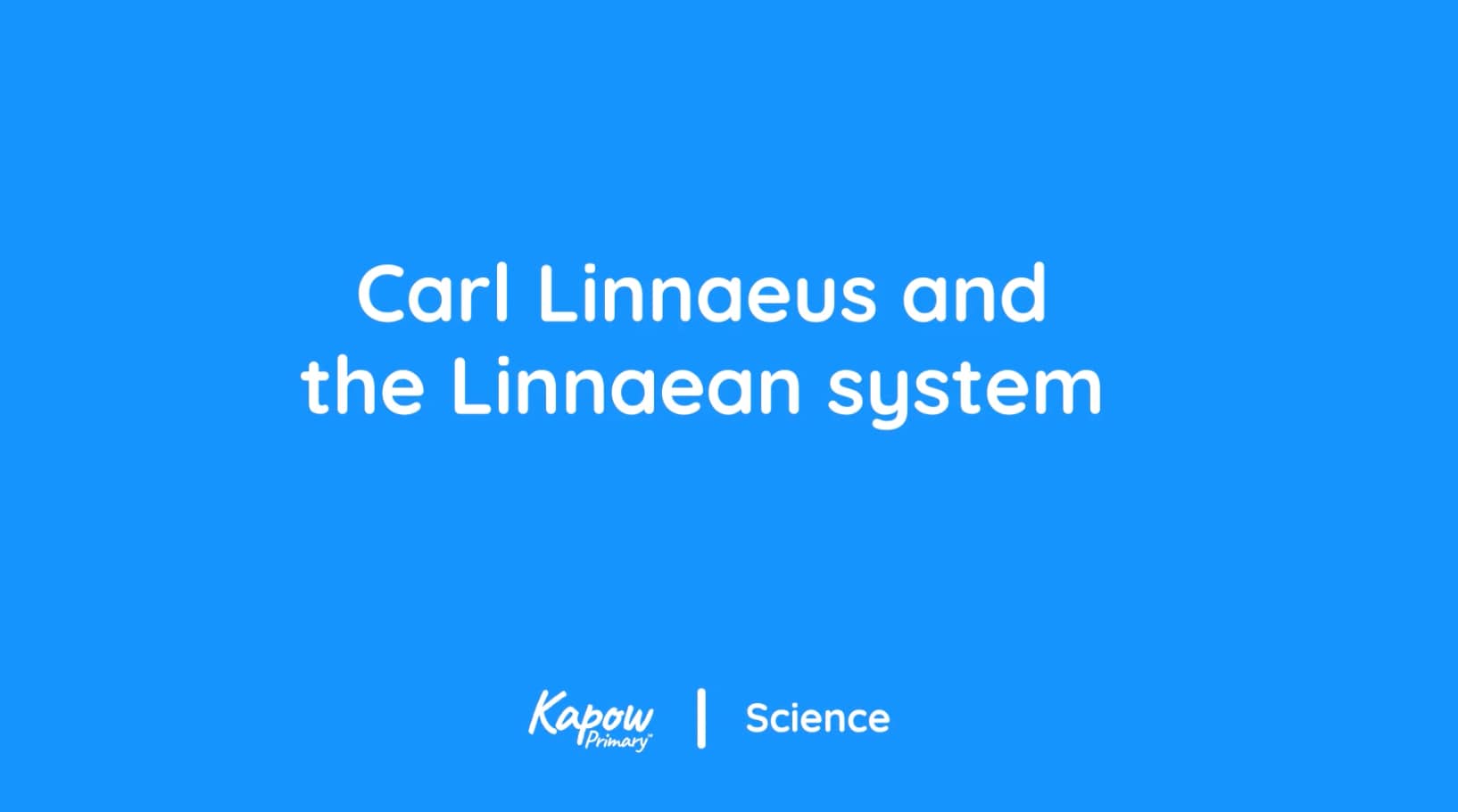
This Science video introduces teachers to the Linnaean system of classification, developed by Carl Linnaeus in the eighteenth century, and why it was a turning point in scientific organisation. Before his work, scientists in different countries used separate methods, causing confusion and duplication.
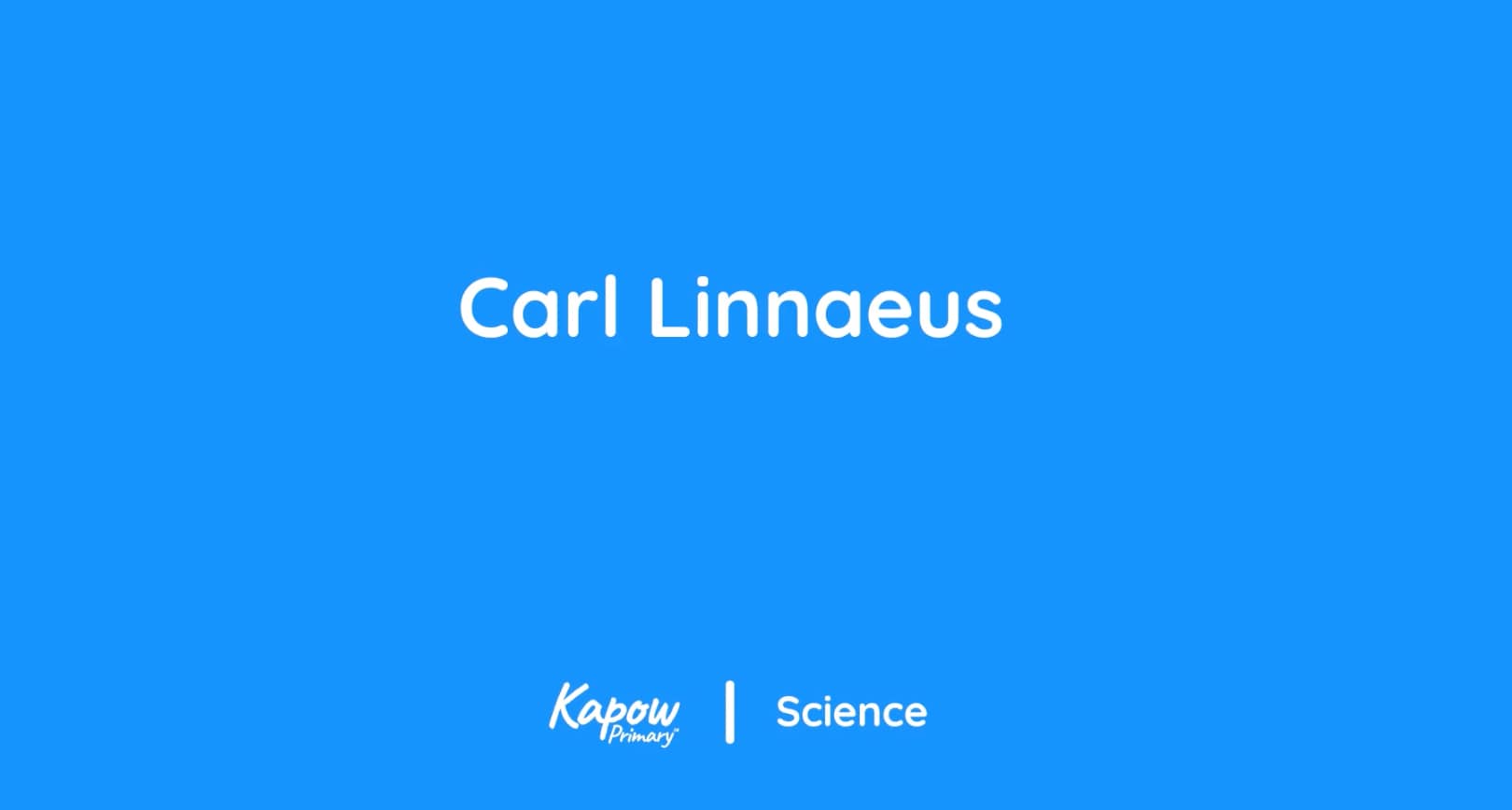
introduces pupils to Carl Linnaeus and how he created a universal system for sorting and classifying all living things, solving the confusion caused by scientists using different methods
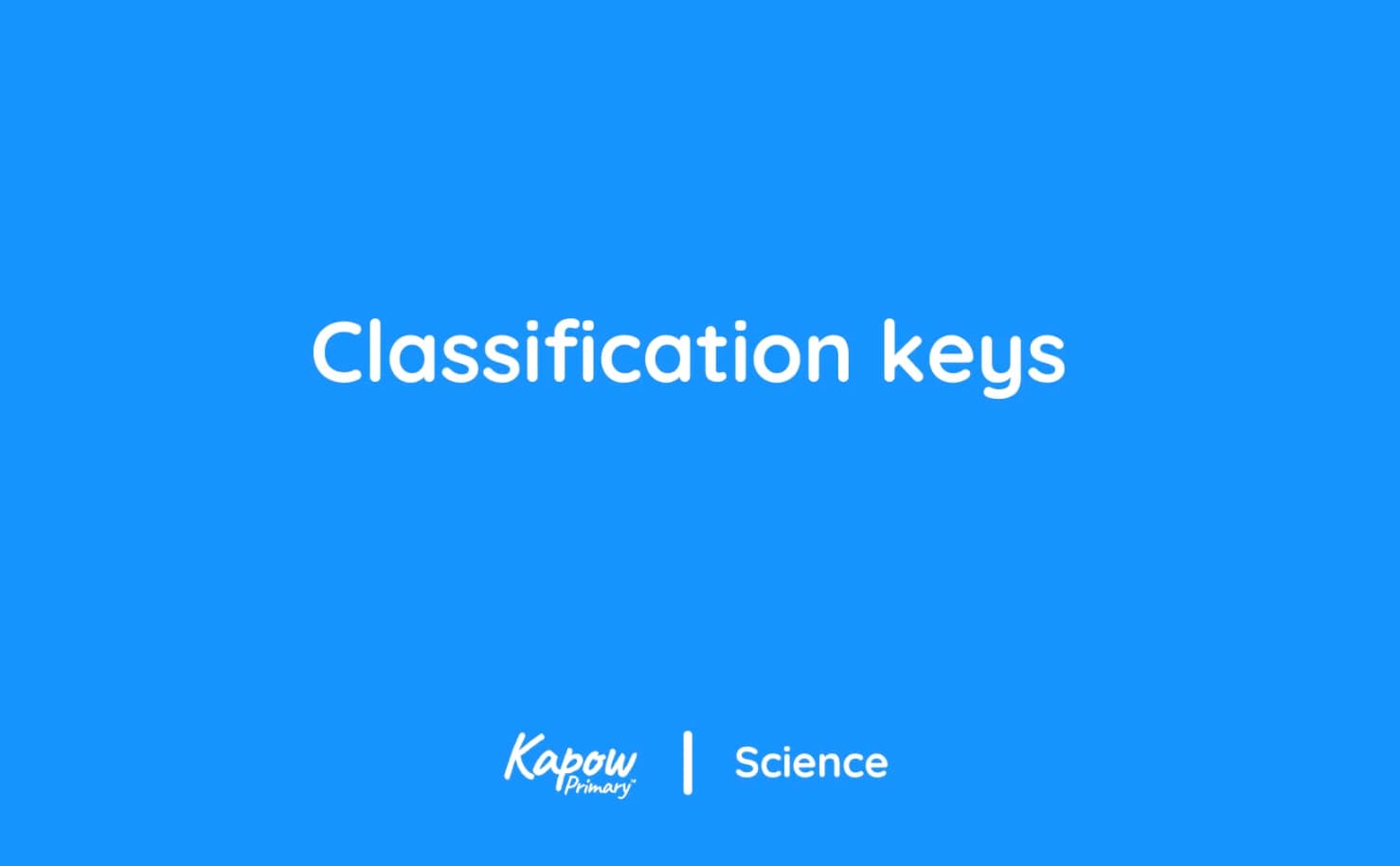
This Science video introduces teachers to using and creating classification keys to sort organisms based on similarities and differences. It explains how branching keys use a series of yes/no questions to guide users towards identifying an organism, and demonstrates the process with a worked example of sorting vertebrates. Pupils are shown how to follow a key accurately and how to create their own by thinking of questions that divide groups into two smaller groups at each step.







